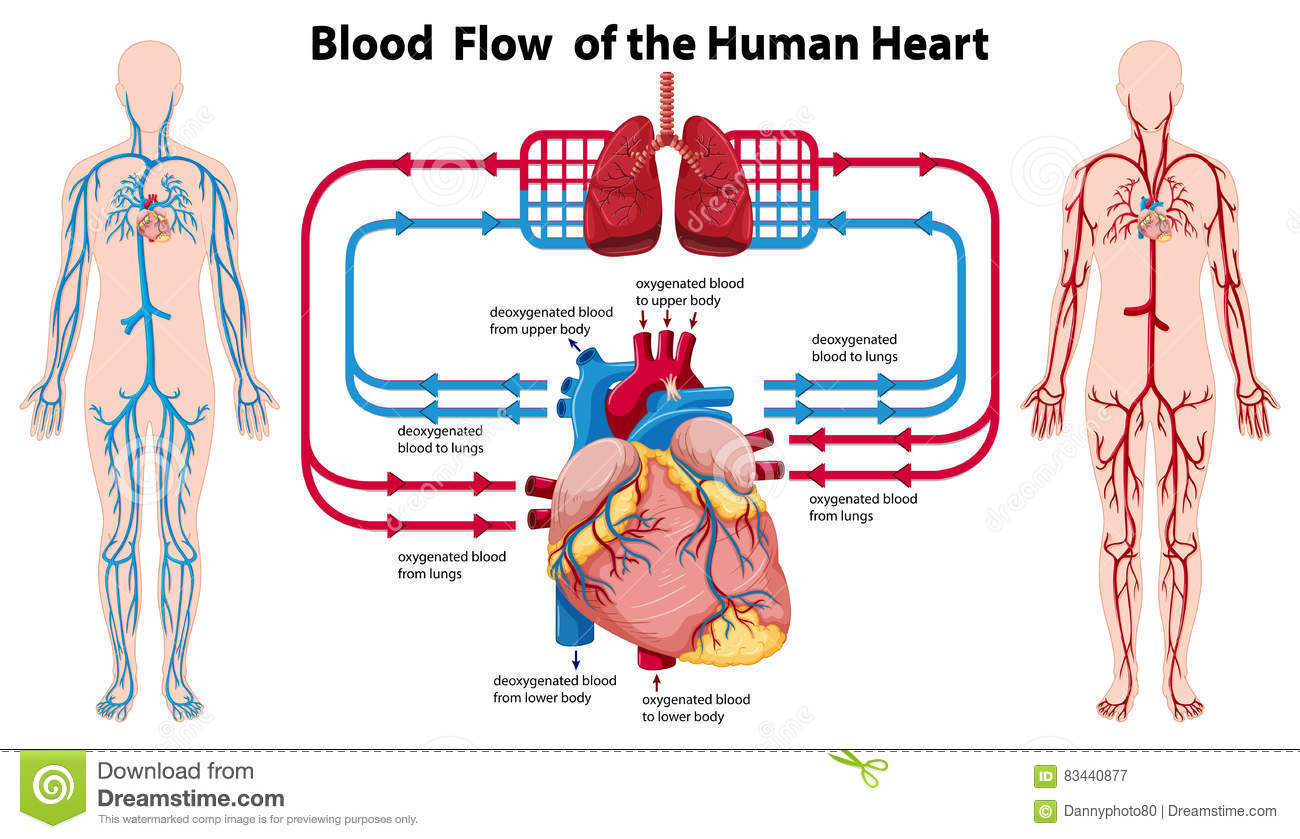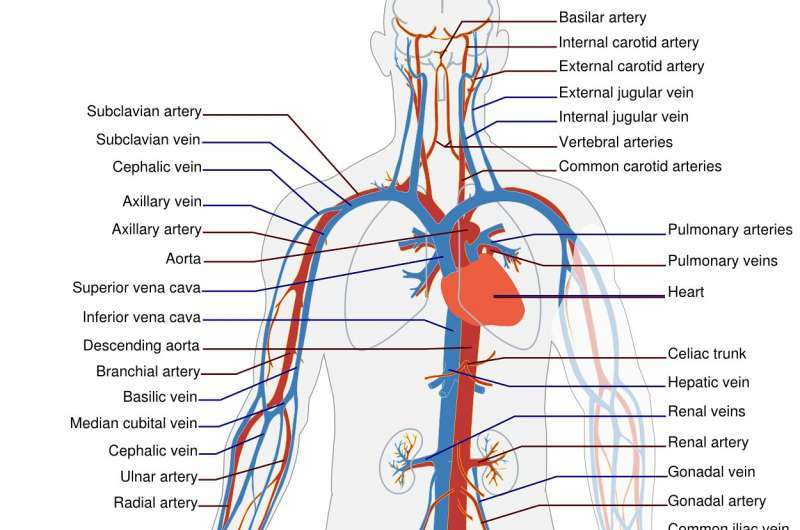
I 'blued' It
When doing research on horseshoe crabs for a possible story (similar to the "Sam & Sandy" posting on this blog regarding seahorses), I learned that their blood is blue, as with octopuses. Their blood is also very valuable ($15,000 per quart) given essential medical needs explained later. The blue color is due to it being copper-based as human blood is red given it being iron based. BUT, that made me think about human blood.  Check out this diagram, or something similar, that is universally provided in medical educational materials as to the distribution of veins and arteries in the human body. Clearly, as shown from such materials, the blood that leaves the heart via arteries, having been 'oxidized', in the lungs consists of some red ferrous-ferric-oxide-compound that is pumped to feed oxygen to the body cells. Once used by cells (deoxidized, aka, chemically reduced), the now 'blue blood' is returned to the lungs via veins for re-oxidation. (Having a degree in Metallurgy, I had thought of this as an oxidation/reduction process as with coal and iron ore in making steel.) Again, such medical education materials are used universally ranging from 9th grade students for health classes to medical students pursuing their degrees. Lastly, the proof of the pudding, so to speak, is within your own veins as you observe them as blue under your skin.
Check out this diagram, or something similar, that is universally provided in medical educational materials as to the distribution of veins and arteries in the human body. Clearly, as shown from such materials, the blood that leaves the heart via arteries, having been 'oxidized', in the lungs consists of some red ferrous-ferric-oxide-compound that is pumped to feed oxygen to the body cells. Once used by cells (deoxidized, aka, chemically reduced), the now 'blue blood' is returned to the lungs via veins for re-oxidation. (Having a degree in Metallurgy, I had thought of this as an oxidation/reduction process as with coal and iron ore in making steel.) Again, such medical education materials are used universally ranging from 9th grade students for health classes to medical students pursuing their degrees. Lastly, the proof of the pudding, so to speak, is within your own veins as you observe them as blue under your skin.
However, the blue blood thing just described is FALSE. The blood in the veins is actually a dark red and only appears blue due to the inability of light's blue spectrum to penetrate the skin - an optical illusion.
SIDE POINT: Although rare, there is a possibility of some green blood in humans. It is due to an excessive exposure to sulfur-containing compounds by the body that prevents iron binding with oxygen, thereby producing sulfhemoglobin, which is green, dark blue, or even black, in lieu of red hemoglobin. So this might suggest that Vulcans are sulfur based - just thinking.